Ertach Kernow - The Poly, encouraging innovation in Cornwall
Better known today as The Poly, the Royal Cornwall Polytechnic Society in Falmouth, is one of Cornwall’s oldest institutions founded in 1833. This was a period of great innovation and Cornwall with its still thriving mining industry was often at the forefront of invention and new ideas. Illustrating its forward-looking views was the use of the word ‘Polytechnic’, meaning of many arts and techniques, for the first time in Britain.
This was also the year the great Cornish inventor Richard Trevithick died who had contributed so much to Cornish mining and engineering generally. G.C. Fox & Co a firm of shipping agents based in Falmouth also had interests in the Perran Foundry at Perranwarworthal, between Truro and Falmouth. This was one of three major mining engineering businesses in Cornwall which prospered during the late eighteenth and early nineteenth centuries. Established by the Fox family in 1791 Perran Foundry employees were regularly bringing ideas and improvements forward to Robert Were Fox the son of the founder of the same name. The younger Fox himself was an inventor, amateur scientist and member of the Royal Cornwall Geological Society. His two daughters Anna Maria and Caroline were inspired to create a society, which he and a number of other Cornish businessmen did, establishing the Cornwall Polytechnic Society. The aims of the society were ‘to promote the useful and fine arts, to encourage industry, and to elicit the ingenuity of a community distinguished for its mechanical skill’. Although philanthropic in nature, it would no doubt have proved beneficial to these peoples own businesses as well.
The first report of the Cornwall Polytechnic Society in 1834 showed the society’s patron being Lord De Dunstanville and its president Sir Charles Lemon with members the of Fox family prominently represented on the committee along with other wealthy Cornish folk. The first exhibition to which prizes were awarded included inventions, models, artwork, fancy work and miscellaneous items. These were just a token of the far greater contributions that would be included over the coming decades. The addition of Davies Gilbert the former President of the Royal Society of London and MP for Bodmin as a vice-patron in the 1834 report illustrated the growing importance of the society. Following the death of Lord de Dunstanville in 1835 King William IV was invited to become the patron and his acceptance allowed the society’s name to be enhanced to the Royal Cornwall Polytechnic Society. It was at this meeting that the medal design the society became well-known for awarding along with prize money was unveiled. Perhaps overlooked by many was the inclusion of one J T Austin as a new committee member, later far better known as J T Treffry and one of the most progressive entrepreneurs of that time and the man behind the 19th century expansion of Newquay.
It must be noted that although the Fox family including Anna Maria and Caroline were at the forefront of the Royal Cornwall Polytechnic Society’s inception and growth, credit must be given to Sir Charles Lemon who as president oversaw its development for some 34 years. The fourth annual report also included the Duchess of Kent and importantly Princess Victoria as Patronesses who from the fifth report onwards would be the patron of the society as the Queen. An addendum at the front of this report noted the following; ‘The Room in which the annual Exhibitions have hitherto been held, having been found too small, a suitable spot has been taken nearly in the centre of the town, on which it is intended to erect a commodious building, adapted to the general purposes of the Institution. At present the amount of subscriptions in furtherance of the object, is considerably short of the estimated cost; the building committee therefore respectfully solicit the aid of such friends of the undertaking, as have not already subscribed.’ The success of the exhibitions and the society, which now included researched essays on Cornish topics within the reports, such as ‘The natural history of the pilchard’, had outstripped the size of the space available to the society at the Classical and Mathematical School in Falmouth.
Sir Charles Lemon had been requested to use his connections and influence with Lord Wodehouse relating to leasing land for the purpose of building what would be named Polytechnic Hall in the centre of Falmouth. This land was not perhaps then a primary site and sloped downwards towards Church Street, the new building having to be built in two sections. The architect George Wightwick was well-known in Cornwall, less perhaps for his architectural work rather for his networking and lecturing skills and friendship with the Fox family. He had designed a number of sizeable Cornish buildings but also the strange small ‘Storm Tower’ in Bude, much beloved by local people there today. The front of the new Polytechnic building would be occupied by the Public Dispensary, Savings Bank and Subscription Library with the large hall at the back for exhibitions. Space would be an ongoing issue and two dilapidated buildings to the rear of the hall were purchased and demolished allowing the rear to be extended onto what was then Porhan Street, now New Street. The rooms occupied by the banks, dispensary and library were purchased by the society in 1888 and 1920 for a total of £1,100. Although modernised for a new age the interior does retain a number of original features and as the world’s first polytechnic is a Grade II* listed building.
The fourth annual meeting was held in the new Polytechnic Hall on 11th November 1836 following the fourth exhibition, the first to be held I the new hall over three days from 6th September 1836. The new hall was a great success, full of people attending from all over Cornwall. The number of exhibits had grown from the initial 46 in 1833 with a far wider range including natural history, sculpture, engravings, charts and maps. Prize winners included some better-known Cornish names such as Jonathan Couch of Polperro for meteorology and the young Neville Northey Burnard aged just eighteen from Altarnun with a sculpture of Christ bearing the cross in marble. Burnard would go onto sculpt the statue of Richard Lander at the top of Lemon Street in Truro as well as the future King Edward VII as a child for Queen Victoria.
The number of creative practices and inventions encouraged by the Royal Cornwall Polytechnic Society especially over the early decades was outstanding. J C Burrow won a number of silver medals for his now famous 19th century photographs of miners working deep down in Cornish mines. Contributions to Cornish heritage by people such as Lieutenant Colonel Fred Hirst for his contribution to archaeology in Cornwall another example. Perhaps one of the most famous or perhaps infamous prize-winning inventions was the man-engine for transporting men from the surface to the bottom of shafts many hundreds of feet. The winner, Michael Loam, built one for the Tresavean Mine, in Lanner near Redruth in 1842. The deepest mine that used a man-engine was at Dolcoath where its main shaft eventually reached 3,300 feet. Although this invention saved much effort in climbing and no doubt many lives its reputation was marred by the accident at the Levant Mine in 1919 when it collapsed killing 31 miners. Medals were eventually phased out due to costs, but this practice has now been revived although the prize winners are now more culturally and artistically based than scientific.
Like all good organisations the Royal Cornwall Polytechnic Society has evolved even using a modern name, The Poly, to better attract a wider range of people. Although they no longer do the exhibitions in the sense of what the founders would have understood the building is much used for a range of 21th century activities. This includes films and documentaries, many like ‘King for a Day’ looking at Padstow and challenges to its ancient rituals. A wide range of speakers presenting talks and lectures, music by solo artists and group and even comedy. The acclaimed comedian Seamas Carey who created ‘The Reason Why’ podcast will be presenting his somewhat controversial sell-out comedy show on identity, second homes, xenophobia and bagpipes. This follows his successful Edinburgh Fringe show and previous tours around Cornwall and England. Exhibitions are not forgotten and at The Poly there are a range of these taking place throughout the year. Theatre productions make a regular appearance with Mycelium Magick, which is a ‘visually stunning and captivating dance theatre performance piece weaving Celtic mythology, dance and live music’ as an example. Workshops range from pottery and art to the weird and wonderful with something for most people. All in all, ‘The Poly’ really has been and still is a huge contributor to Falmouth, and today especially its economy. The cultural diversity The Poly brings Falmouth adds to the towns other activities, such as the literary festival making it an all-year-round destination for both external and internal Cornish tourism. Much could be learned from them by other Cornish towns aiming to make themselves a yearlong destination.
The Poly, then the Royal Cornwall Polytechnic Society was from its founding based in Falmouth it was from its origins an important Cornish based society, as it still is. It stands alongside the likes of the Royal Institution of Cornwall, founder of the Royal Cornwall Museum and Royal Geological Society of Cornwall established in 1814 as important Cornish institutions. Cornwall is fortunate to have had farsighted individuals to establish such bodies and people keeping them in being over the past two centuries. It would be a fine thing if more institutions such as these could be established towards the mid and eastern parts of Cornwall over the coming years, to better encourage interest in Cornish activities and heritage by local folk as well as tourists throughout the year.
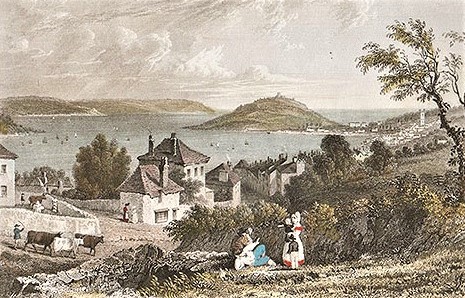
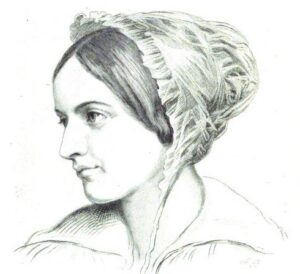
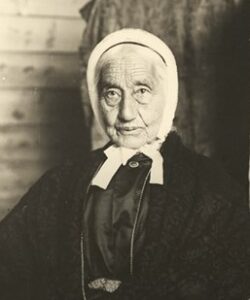
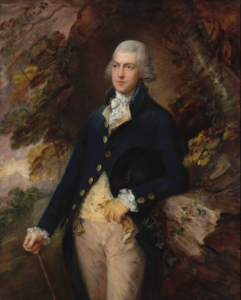
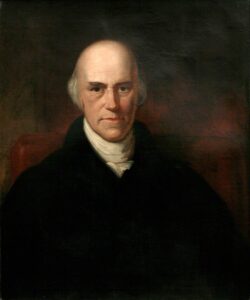
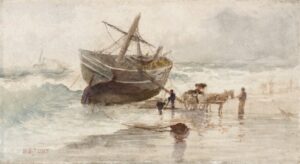
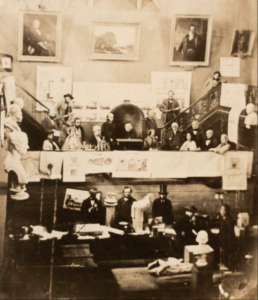
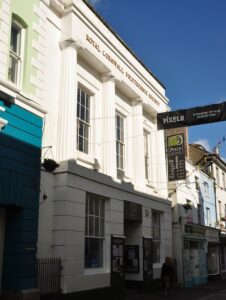
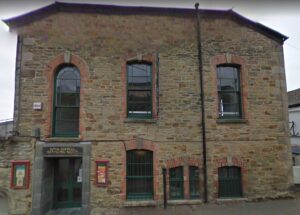
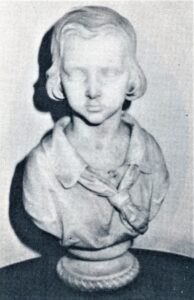
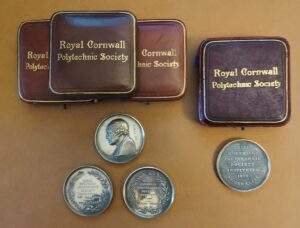
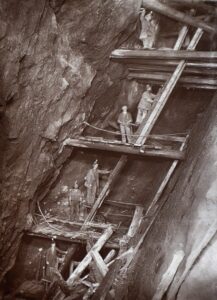
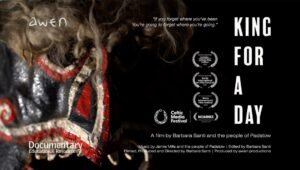
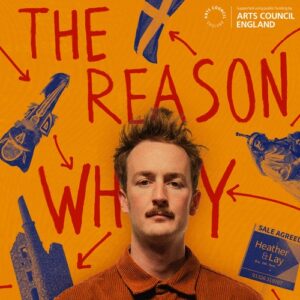
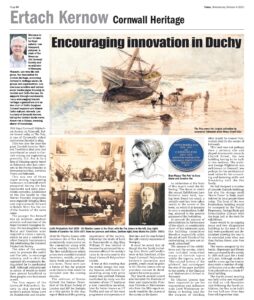
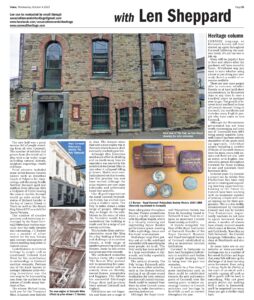
![[171] Ertach Kernow Heritage Column - 4th October 2023 - Learning some Kernewek Ertach Kernow Heritage Column - 4th October 2023 - Learning some Kernewek](https://www.cornwallheritage.com/wp-content/uploads/2023/10/171-Ertach-Kernow-Heritage-Column-4th-October-2023-Learning-some-Kernewek.jpg)